
Diy PVC Dog Bed:A Mini Guide
DIY PVC dog bed is a wonderful way to show appreciation to your canine companions, who are undeniably man’s best friends. These loyal pets provide

Keeping your elevated dog bed clean is important for your pet’s health and comfort. From fur and dirt buildup to unpleasant odors, elevated beds are prone to getting messy as your dog uses them.
Follow this guide for tips to simplify cleaning and maintenance so your elevated bed stays fresh and hygienic.
Allowing dirt, hair, and debris to accumulate can lead to problems:
Dirt traps allergens like pollen, mold spores, and dust mites that can irritate your dog’s skin and respiratory system.
Wetness from spills, urine accidents, and drool can cause bad odors, bacteria, and mold if not cleaned up promptly.
Bugs like fleas and ticks can take up residence in a dirty elevated dog bed.
Dirt and debris can be abrasive and cause skin rashes, irritation, and infections if your dog’s bed isn’t kept clean.
Built-up grime, body oils, and moisture can degrade the bed materials over time.
Regular cleaning keeps your elevated bed fresh, and free of irritants and pests, and extends the usable life of the materials.
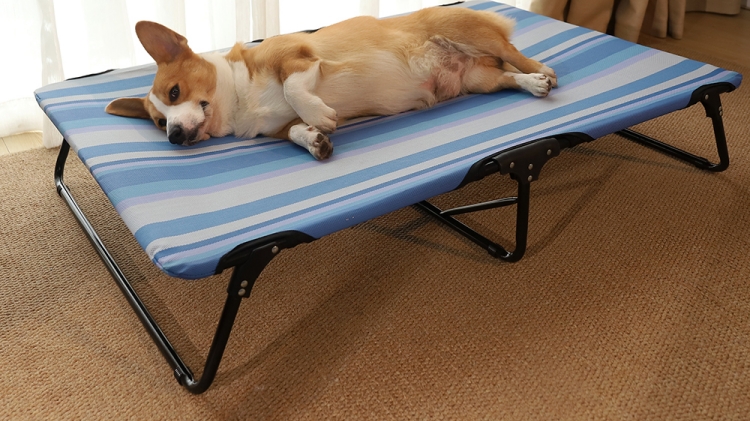
Set aside time each week to tidy up your elevated dog bed:
Follow this quick cleaning routine weekly to keep the bed hygienic.
In addition to weekly tidying, do a deeper cleaning session monthly:
Monthly deep cleaning keeps your elevated bed super fresh and hygienic.

Tailor your cleaning approach to the specific materials and bed components:
Follow material-specific directions to clean each component properly without risk of damage.
Even with regular cleaning, stains still happen. Use these tips for handling them:
With the right cleaning agents, you can get even tougher set-in stains out of the bedding and platform. Be sure to rinse and dry fully after treatment.
Do these quick maintenance tasks to keep your elevated bed tidy between deep cleans:
Little maintenance tasks between full cleans make the weekly deep cleaning faster and keep the bed neat.

Even very well-trained pets may occasionally have an accident on their elevated bed. Here is how to clean it up:
Prompt attention and proper cleaning products allow you to fully remove accidents and odors. Be patient and let cleaners fully do their job before rinsing.
It’s important to periodically disinfect your elevated dog bed to kill germs and bacteria:
Mattress Covers – Remove covers and machine wash with detergent and oxygen bleach which acts as a disinfectant. Rinse thoroughly and air dry in the sunlight.
Platform – Wipe down the platform with disinfectant wipes or spray pet-safe antibacterial spray onto the surface. Allow it to dry fully.
Frame – Use disinfectant wipes or spray pet-safe antibacterial cleaner onto the frame. Wipe away any excess when dry.
Bedding – Launder bedding and blankets with 1/2 cup of distilled white vinegar in the rinse cycle to disinfect and deodorize.
Toys – Spray or soak dog toys in a pet-friendly disinfecting solution. Rinse thoroughly and allow you to fully air dry.
Bowls – Submerge food and water bowls in hot, soapy water. Rinse and then spray with or soak bowls in disinfectant.
Disinfecting kills bacteria that can spread illness and disease between pets. Use pet-safe anti-microbial cleaners only.
When your elevated bed isn’t in regular use, store it properly:
Proper storage keeps the bed clean, and dry and protects the materials when not in use for extended periods.
While elevated beds are designed for longevity, they do eventually wear out. Watch for these signs indicating replacement:
When cleaning and care can no longer rejuvenate the bed, it’s time to retire it and upgrade to a new one.

With regular cleaning sessions and prompt stain removal, you can keep your elevated dog bed looking and smelling fresh. Establish weekly and monthly cleaning routines tailored to your specific bed.
Use the right techniques and products for the materials and dirty spots. Disinfect and deodorize periodically. And properly store the bed when not in use.
With the right cleaning strategy, your lit surélevé pour chien will stay clean and last for many years of cozy lounging.


DIY PVC dog bed is a wonderful way to show appreciation to your canine companions, who are undeniably man’s best friends. These loyal pets provide

When it comes to ensuring your pet’s comfort, the choice of a dog elevated bed can make a significant difference. In this blog, we delve
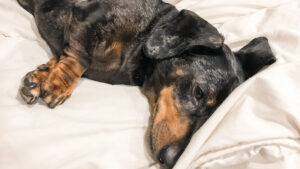
The moment you think of a dog elevated bed, the question arises: is it more suitable for a Great Dane or a Chihuahua? This blog
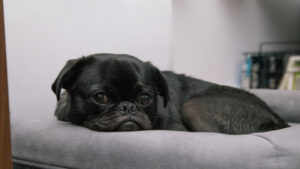
In the quest for the perfect dog elevated bed, pet owners are often faced with a dilemma: foldable or fixed? Each type offers unique benefits,

DIY PVC dog bed is a wonderful way to show appreciation to your canine companions, who are undeniably man’s best friends. These loyal pets provide
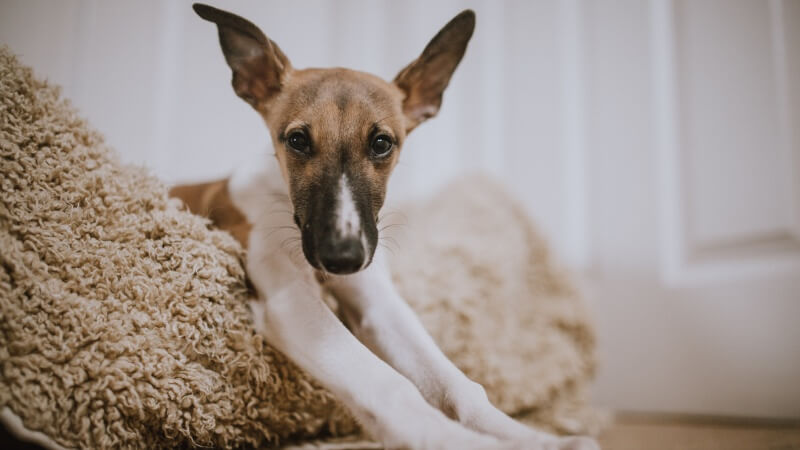
When it comes to ensuring your pet’s comfort, the choice of a dog elevated bed can make a significant difference. In this blog, we delve
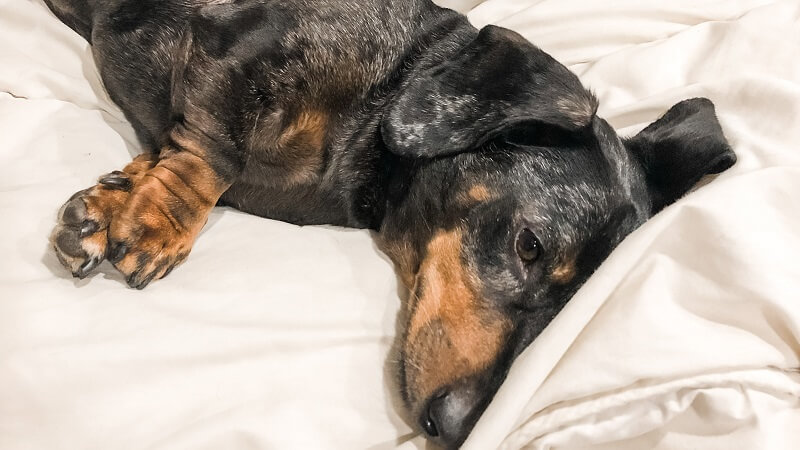
The moment you think of a dog elevated bed, the question arises: is it more suitable for a Great Dane or a Chihuahua? This blog
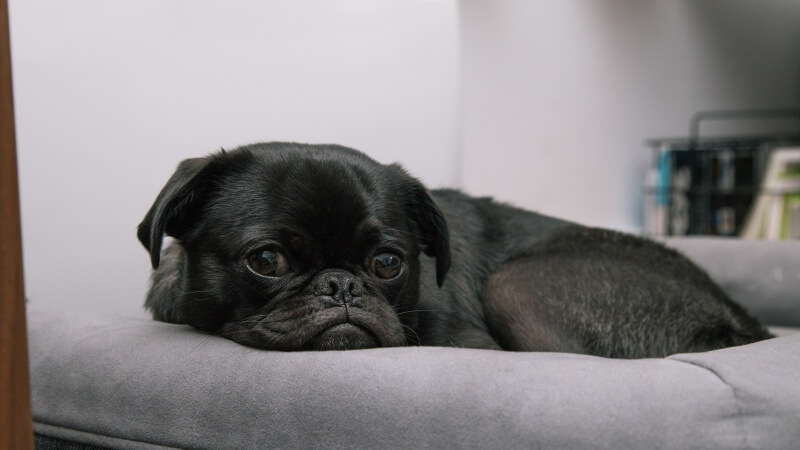
In the quest for the perfect dog elevated bed, pet owners are often faced with a dilemma: foldable or fixed? Each type offers unique benefits,
Copyright © 2024 skyrestelevateddogbed. All Rights Reserved.